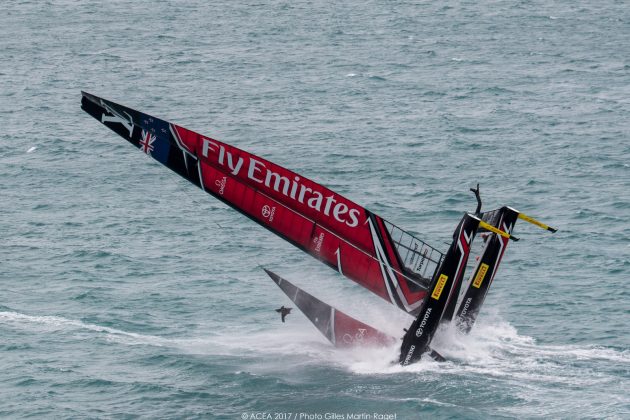Based on your life experience, skills, and interests, what would a design process that is both uniquely yours and effective look like?
This is going to sound weird, but I do my most creative thinking while sailing. There is something about slicing through the water, in a fast-paced environment where every mistake lands you in the cold water. I think I do my best thinking while sailing for three reasons. The first is that while your sailing you have to learn to take in everything in the world around. You have to read the water while correcting for the wind, all while trying to not fall off a constantly shifting boat. Once these skills become second nature, you have all of this extra concentration to devote to other things. Trust me you want to devote this concentration to something other than sailing because sailing is really boring, so I tend to daydream creatively. Sailing also teaches you how to think in a different mindset. When you reach a certain level in sailing, the sport becomes less about speed and more about strategery. You learn to play what is referred to as a game of “3D chess”. You learn to evaluate many different strategies all in a matter of 3 seconds. The third and final is that in sailing you can plan all day, but until you actually change course you see it through you have no idea what will happen.
Right about now your probably wondering two things: how do I plan to sail in the middle of the Lehigh Valley or what the heck this has to do with a creative design process. You see while I sail I act creatively, am able to evaluate situations quickly, and understand that I will only see the impact once I put it into place. If I could find a way to model the attributes of sailing then I could create a design process.
Any chance I could build a lake and put a boat in building c during the summer?
How will you validate your project concept, technology, usability, operational / business model?
We will validate your project concept through the use of the data that we collect. The honest answer is, I don’t really know how we validate it till we start recovering data. Without this data, we are sort of just shooting into the abyss. The issue with our project is that we are trying to collect data, that no ones has done before, so we will also have no idea if it is right or make sense. Even if we collect this data, we still have absolutely no clue if it is accurate. There is entirely the possibility that we got wrong, our data is wrong, or we created something that is unbelievably flawed. I guess my point is we need to figure out a better answer than what I can give you right now. The one thing we can, sort of, validate is our operational model. If we can actually collect data we could sort of say we had a valid operational model.
Articulate your philosophy of engagement with communities, partners, and markets.
I don’t remember the name of the woman who spoke on Tuesday but she said something that really made me think about this. She talked about how we shouldn’t just show up and asked to help, we should show and make their problems our problems. Now as to how to that with Ebola in the United States I have no idea, but the point is what matters here. We aren’t going over to Sierra Leone to help get rid of Ebola. We are going over to Sierra Leone to figure out our problem. A problem we both have equal weight in We might be five thousand miles away, but it is our problem. Our problem. One that we have to figure out together, so I guess my new philosophy on community engagement is that we are sitting in the trenches together. We should feel the pain of we fail and Ebola resurfaces. They are just as embedded as us, so they should have the same pull and say in what we do.
Until last class, I didn’t realize the way my mind was framed when it came to charity work or anything like this. I always looked at as we were there just to help and come back to our regular lives. I think this was a really important class with really valuable information being shared.

